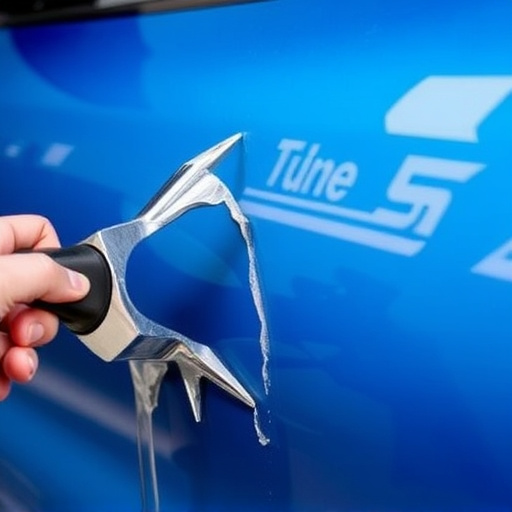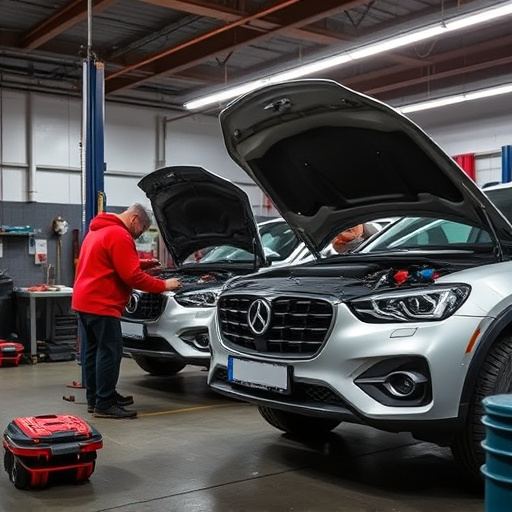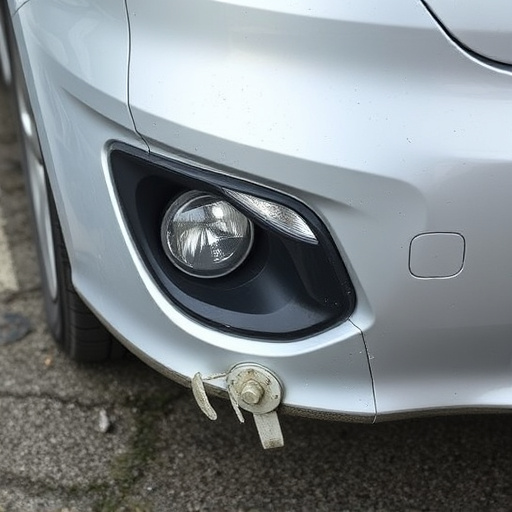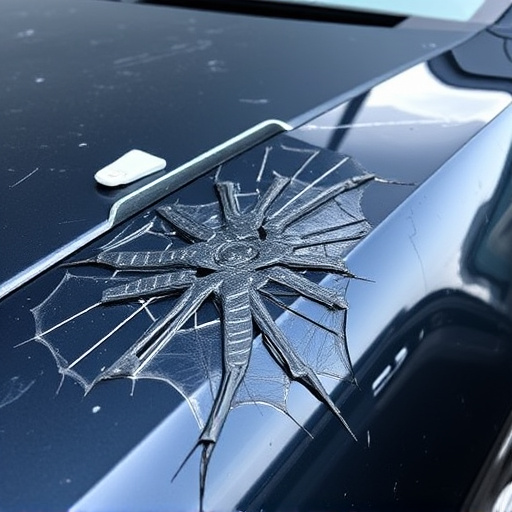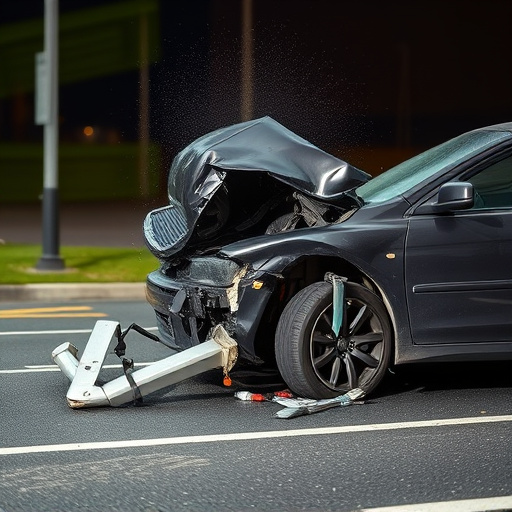Effective collision center warranty claims processing hinges on accurate documentation. From initial damage assessment to final repairs, detailed records ensure transparency and fair compensation for customers. Comprehensive record-keeping enhances customer satisfaction, fosters trust with insurance providers, and encourages repeat business for collision and auto repair services.
In the dynamic landscape of automotive repairs, collision center warranty claims are paramount for ensuring customer satisfaction and business continuity. Effective documentation plays a crucial role in navigating this process seamlessly. This article explores the intricacies of collision center warranty claims, emphasizing the importance of meticulous record-keeping. We delve into key elements to document, highlighting how comprehensive records streamline repairs, expedite settlements, and foster strong client relationships. Understanding these practices is essential for any collision center aiming to deliver exceptional service within warranty parameters.
- Understanding Collision Center Warranty Claims Process
- Key Elements to Document for Accurate Claims
- The Role of Documentation in Streamlining Repairs and Customer Satisfaction
Understanding Collision Center Warranty Claims Process

Navigating collision center warranty claims can seem like a complex process, but understanding each step is crucial for both customers and automotive body shops alike. When a vehicle undergoes repairs at a collision center, it’s essential to recognize that certain guarantees are provided by the warranty, ensuring high-quality service and parts. This process involves several key players: the policyholder (vehicle owner), the collision center, and the insurance provider or warranty administrator.
The initial step begins with the customer filing a claim for vehicle repair, often after a collision incident. The collision center then assesses the damage and provides an estimate for restoration. Post-repair, detailed documentation becomes pivotal. This includes comprehensive records of all work performed, parts replaced, and the cost associated with each. For fleet repair services or vehicle repairs beyond routine maintenance, these documents serve as evidence to support warranty claims, ensuring that customers receive compensation for eligible expenses.
Key Elements to Document for Accurate Claims

Accurate documentation is the cornerstone for seamless collision center warranty claims processing. When a customer brings their vehicle to a car repair shop or auto glass repair specialist, it’s crucial to capture detailed information about the incident. This includes a comprehensive account of the damage, such as the extent and type of vehicle collision repair needed. Each collision has unique characteristics, from minor fender benders to severe impacts that affect multiple components. Therefore, documenting specific repair requirements is essential for accurate claims.
Furthermore, including supporting evidence like photographs, diagrams, and detailed work orders enhances claim accuracy. Visual aids provide a clear picture of the damage, while work orders outline the steps taken during vehicle collision repair, ensuring transparency. Such documentation not only facilitates efficient processing but also serves as a crucial reference for future maintenance or adjustments. Effective record-keeping benefits both the collision center and the customer by streamlining warranty claims and ensuring fair compensation for quality auto glass repair and vehicle collision repair services.
The Role of Documentation in Streamlining Repairs and Customer Satisfaction
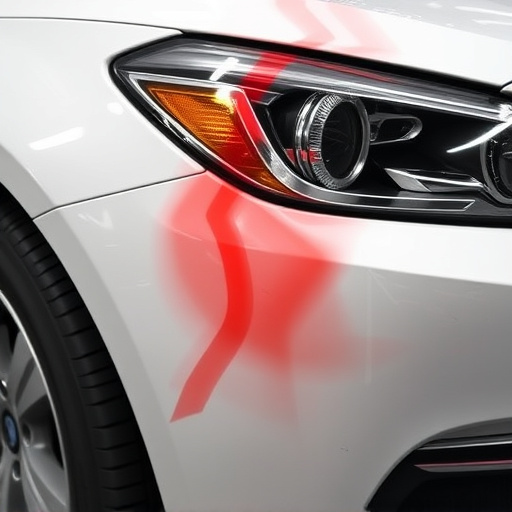
Documentation plays a pivotal role in streamlining collision center warranty claims, enhancing efficiency and customer satisfaction. A well-documented process ensures that every detail of the vehicle’s damage, from initial assessment to final repair, is accurately recorded. This meticulous record-keeping facilitates seamless communication between the center, insurance providers, and customers, reducing potential misunderstandings or delays.
By documenting each step of the auto repair services, including car bodywork and vehicle dent repair, collision centers can provide transparent updates to clients. Such transparency builds trust and ensures that customers are informed about their vehicle’s progress throughout the repair process. This, in turn, contributes to a positive customer experience, fostering loyalty and encouraging repeat business for future collision or auto repair services needs.
Proper documentation is the linchpin for efficient collision center warranty claims processing. By meticulously capturing all relevant details, from damage assessments to repair procedures, centers can ensure accurate claims, enhance customer satisfaction, and streamline post-repair processes. This, in turn, fosters trust and encourages repeat business within the competitive automotive industry, solidifying the importance of comprehensive documentation for collision center warranty claims.


